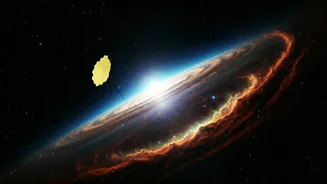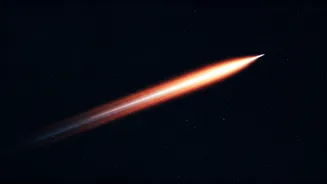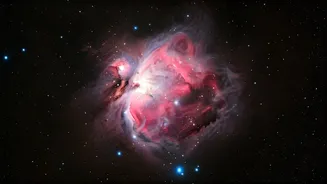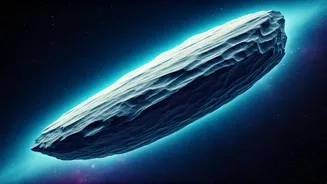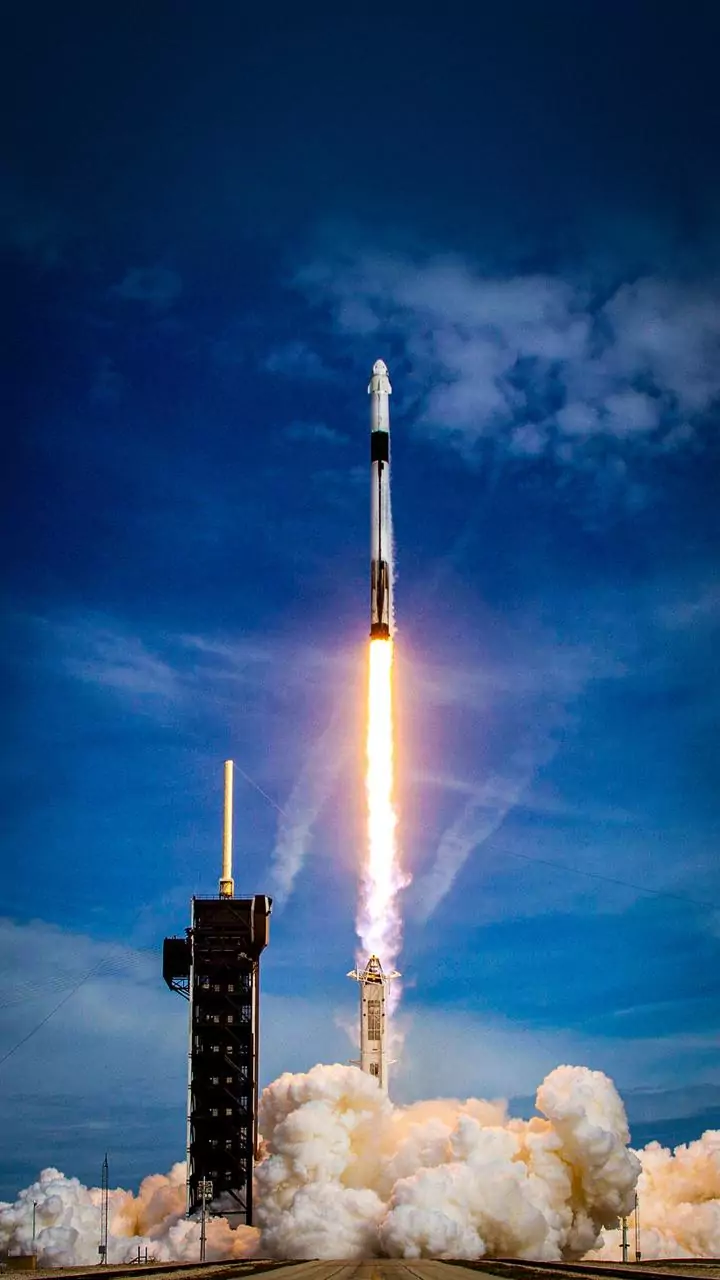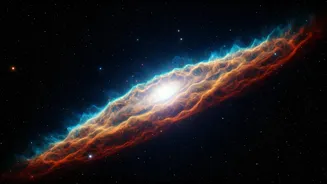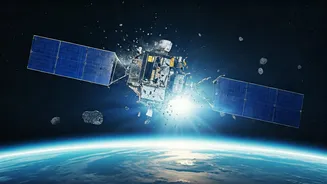Early Universe Glimpses
The James Webb Telescope has offered unprecedented views of the early universe. Its observations have revealed that galaxies in the nascent universe were
more chaotic than previously thought, undergoing a period of intense activity and turbulent growth. These findings challenge existing models of galaxy formation and provide crucial insights into how the first structures in the cosmos came into being. The chaotic nature of these early galaxies suggests a dynamic environment where star formation was rampant and gravitational interactions played a significant role in their evolution. These observations are paving the way for a deeper understanding of the universe's formative stages.
Discovering Exoplanets
The quest for life beyond Earth continues with the discovery of potentially habitable worlds. One such example is the newly found 'Super-Earth' GJ 251 c, which has emerged as a promising candidate for hosting extraterrestrial life. This planet's characteristics, including its size and distance from its star, make it conducive to liquid water, a key ingredient for life as we know it. The detection of exoplanets like GJ 251 c fuels the hope of discovering other habitable worlds. Research into exoplanets continues to intensify, and scientists are diligently working towards understanding atmospheric compositions, which are essential for supporting the presence of life.
AI in Space
Artificial intelligence is playing a progressively crucial role in space exploration. A notable example is Carnegie Mellon's AI-driven drones, which can construct mid-air structures with an impressive 90% success rate. This innovation has vast implications for space missions, including the potential for constructing habitats and other essential infrastructure in environments such as the Moon or Mars. AI's capabilities extend beyond construction, including autonomous navigation, data analysis, and the identification of potentially habitable planets. By automating various tasks, AI empowers scientists and engineers to expand their space missions, enabling more efficient and effective exploration of the universe.
Satellite Technology Advancements
SpaceX's Starlink project has passed a significant milestone, surpassing 10,000 satellites launched into orbit, with ambitious plans for more launches in 2025. This expansion highlights the rapid progress in satellite technology and the growing reliance on space-based infrastructure for communication and data transmission. Starlink's advancements are part of a broader trend of deploying satellites for various purposes, from weather forecasting and earth observation to providing internet connectivity to remote areas. The continued growth in this sector underscores the increasing economic and strategic importance of space-based assets.
Interstellar Material Study
The potential for studying interstellar material is expanding, as NASA's Europa Clipper mission may have the chance to traverse a comet's tail. This presents a unique opportunity to sample material originating from outside our solar system, offering valuable insights into the composition of interstellar space. Such a sampling would help scientists comprehend the building blocks of planets and stars. These observations are expected to provide insights into the early solar system, offering information on the distribution of elements and the conditions that fostered planetary formation. The study of interstellar material is also crucial for understanding the processes of organic molecule transport within the galaxy.
